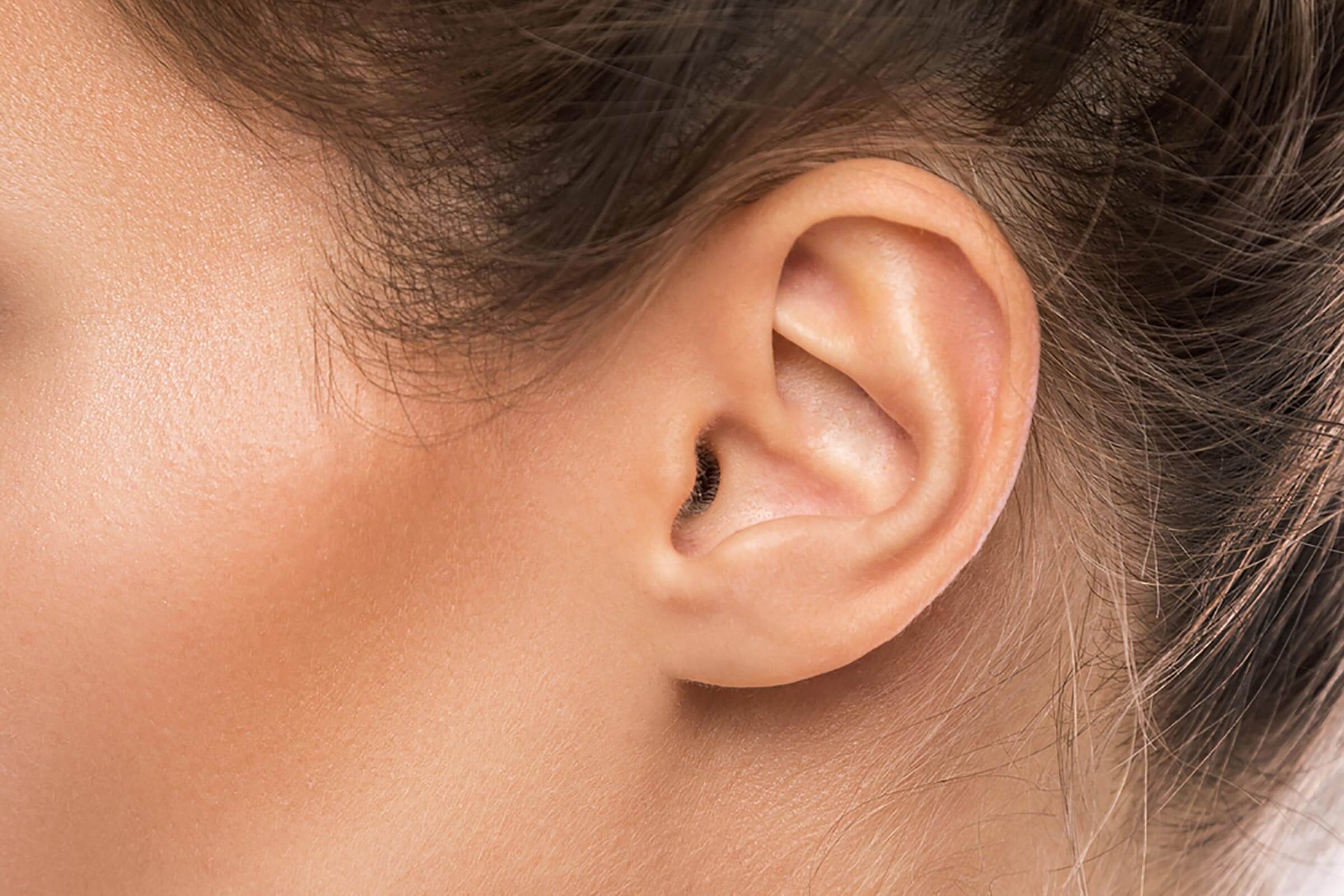World’s First Ear Implants Crafted via One’s Own Cells Using 3D Printing
Chinese researchers grow new ears for five children suffering from microtia using their own cells with the help of 3D scanning and 3D printing.
Microtia is a congenital malformation of the external ear, with a varied regional prevalence rate of 0.83 to 17.4 per 10,000 births worldwide, and higher prevalence rates in Hispanics and Asians. The external part of the ear or the auricle is an important identifying feature of human face, and hence its deformity has a profound effect on self-confidence and psychological development in the afflicted children.
Current cosmetic procedures of treating microtia mainly include the wear of auricular prosthesis, implantation of non-absorbable auricular frame materials or an autologous rib cartilage framework. Non-absorbable frames, such as silastic or high-density polyethylene, generate an excellent ear shape without donor site morbidity, but they lack bioactivity and can lead to extrusion and infections.
But now, in a work that’s the first study of its kind, Chinese scientists have engineered a patient-specific ear-shaped cartilage in vitro using a 3D printed biodegradable scaffold and Microtia Chondrocyte (MCs) cartilage cells.
“We were able to successfully design, fabricate, and regenerate patient-specific external ears,” the researchers wrote in their study, which
followed each child for up to 2½ years.“Nevertheless, further efforts remain necessary to eventually translate this prototype work into routine clinical practices,” they wrote. “In the future, long-term (up to 5 years) follow-up of the cartilage properties and clinical outcomes … will be essential.”
The project was started off with a scan of the healthy ear and a digital image of it created using 3DPRO software. This digital image was then symmetrically mirrored to guide reconstruction. A corresponding resin model of this mirrored ear was 3D printed on a Z Corp Spectrum 510 3D printer, a model that first shipped in 2005 by the company who would later be acquired by 3D Systems in 2012.

The 3D printed model was used to cast a pair of molds from clay and silicone, which could then hold biomaterial scaffolds. To produce the biodegradable biomaterial scaffolds, a 9 square centimeter inner PCL mesh with three square milimeter grids and a thickness of 1.37 mm was 3D printed.
This inner core was wrapped with PGA unwoven fibers and coated with PLA. Expanded MCs harvested from the child’s microtic ear. These were evenly dropped onto the PGA/PLA layer of the ear-shaped scaffold and then placed in a cell culture solution. The cartilage ear was removed after twelve weeks.
The cartilage ear was surgically implanted in a similar way to rib cartilage. The child’s skin was draped over the cartilage and it fit the new shape of the ear thanks to vacuum drainage.
Now, the researchers have over two years of follow-up data and the results are promising. None of the children rejected the new ears, four of the five ears developed cartilage after the implantation and though two showed slight distortion after the surgery, three were healthily shaped.
“This work clearly shows tissue engineering approaches for reconstruction of the ear and other cartilaginous tissues will become a clinical reality very soon,” Cornell University biomedical engineering Professor Lawrence Bonassar told CNN. “The aesthetics of the tissue produced are on par with what can be expected of the best clinical procedures at the present time.“






























